Buying in Eastern Europe
Holly Kirkwood explores three EasternEuropean cities emerging from the legacy of communism and war to offer historic holidays and affordable homes
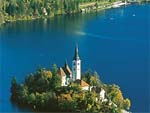

Note: Have you read Country Life International? Take part in our Country Life International Survey for the chance to win 6 bottles of champagne (offer closes end of June 2007) The charms of Eastern Europe, which once enticed such literary icons as James Joyce and Lord Byron, are exerting a growing pull on the residents of the West of the continent. A certain amount of curiosity is natural: ravaged by the great wars of the past century, then hidden behind the thick iron curtain of communism, these relatively new countries are only now coming into their own, as many of them take their first steps into the expanded European Union. Indeed, visiting some of them is like going back in time, as the ubiquitous presence of big brand chains is less obvious in the East, particularly outside the capital cities. Even better, much of Eastern Europe's natural beauty, which lends itself to hiking in summer and skiing in winter, is still unspoilt?a breath of fresh air after the overdevelopment of many Western resorts. Property in Dubrovnik Among the most established destinations is Dubrovnik, which has long been popular with travellers who love history and culture. After surviving intense bombing and a seven-month siege in the early 1990s, when Croatia fought for its independence, the city has been recovering?and attracting both tourism and investment?since 2000. Dubrovnik is a gateway to the Dalmatian Coast, a stunning stretch of rocky, ragged coastline peppered with more than 1,000 tiny islands. But the city itself is, as the Michelin green guide would put it, worth a journey. The Old Town?a jewel of mellow stone buildings surrounded by imposing walls?exudes an ancient charm reminiscent of Edinburgh, except that it is built with sunkissed stone rather than austere Scottish rock. Set at the crossroads between East and West, Dubrovnik became important in the late Middle Ages because it was a safe refuge for those travelling East, the last protected point before open sea along the sailing route from Venice. This strategic position gave Dubrovnik its shape and most intriguing buildings, the beautiful Stradun?the main street where much of the city life happens?and the steep walls, lookout points and fortifications. The city has a monastery, many churches ranging from Gothic to Baroque style, and one of the oldest synagogues in Europe. But there is more to it than architecture. Theatre and music are popular and there are many venues in the Old Town. Performing arts peak in July, when the Summer Music Festival draws classical music fans from around the world. However, property in Dubrovnik is more expensive than nearly anywhere else in Eastern Europe, mainly because good houses are in such short supply. 'A four- to five-bedroom townhouse in or near the Old Town will cost you between ?500,000 (£340,916) and ?800,000 (£545,466), depending on the condition and the situation of the property,' says Andrea Marston from Dream Property Croatia (01753 831 182; www.dreamcroatia.com). Property in Bucharest Bucharest, capital of Romania and fast-growing bohemian cultural centre, is more affordable than Dubrovnik, but has few houses available for sale. Property here mainly comes under the guise of apartments. Standard ones are cheap, but post-communist money has created a new appetite for opulence. 'A luxury penthouse apartment will cost you ?500,000 (£340,916),' says George Shaw from Westhill Investments (020-7079 1704; www.westhilluk.com). Some of these houses are new, because a fifth of this city?once known as 'little Paris'?was bulldozed, thanks to former President Nicolae Ceausescu's vision of urban development. However, a part survived and creates a fascinating contrast with the grand, decaying communist architecture. Because Bucharest offers mostly apartment living, buyers who are after a bigger summer retreat should look at the so-called Saxon Houses, scattered across Transylvania and the Carpathian Mountains, a couple of hours' drive North of the capital. These properties, mostly dating from the late Middle Ages through to the 16th century and built by Romania's German communities, can be found in villages which were deserted when Ceausescu was overthrown. They are spacious homes with large gardens, which, depending on the condition and amenities, can be bought for as little as ?10,000 (£6,818). Larger period properties in need of renovation can be bought for about ?70,000 (£47,728) in the countryside surrounding Bucharest, which has been likened to Northern Italy in the 1950s.However, when considering a purchase, buyers should always ensure the deeds are in the possession of the vendor. Property in Ljubljana If Bucharest was dubbed 'little Paris', Slovenia, on the very border between Eastern and Western Europe, has earned the nickname 'little Switzerland'. The immediate past has been relatively kind to Slovenia?which only had a brief war before gaining independence in 1992?and Ljubljana makes an ideal starting point for everything from a tour of monasteries and churches to a day shooting wolves in the forest. Although it looks straight out of a thousand chocolate boxes, the city feels very modern. The streets are alive with classical musicians, academics and rock bands, all rubbing shoulders in the shadows of fine Baroque buildings. There are eight main theatres, and many small jazz bars to stumble across.
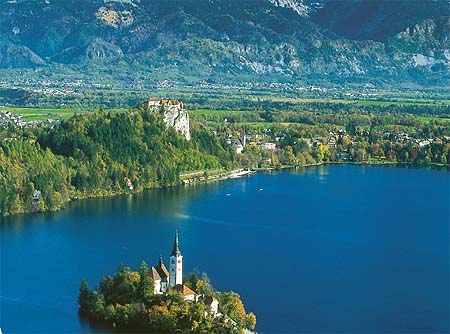
Lake Bled is a must see
The city has an even wider appeal as it is surrounded by breathtaking scenery, which makes driving, riding or skiing in the countryside an unparalleled pleasure. North-west of Ljubljana, the Triglav National Park has most of the country's share of the Julian Alps, and the karst landscape of deep gorges, azure lakelets, and forests thick with beeches, spruces and brown bears. Just outside the park, Lake Bled is a must-see, with its fairytale villas, cafés and pretty island church. The one drawback is that property prices are far higher than in Bucharest: a three-bedroom house on the outskirts of the city will cost about ?250,000 (£170,458), and a modern penthouse flat in the Old Town is ?500,000 (£340,916). The essentials ? Dubrovnik: BA, Croatian airlines and Lufthansa all fly to Dubrovnik in two hours. Stay at the Dubrovnik Palace (00 38 520 430 000; www.dubrovnikpalace.hr) for views of the Adriatic sea. ? Bucharest: BAand Wizzair both fly to Bucharest airport regularly in three hours. Stay at the Hilton (00 40 213 033 777; www.hilton.com), which is one of the best in the world. ? Ljubljana: Adria Airways' two-hour flights from London Gatwick go to Ljubljana once a day. Stay at the early-20th-century Grand Hotel Union, (00 38 613 081 270; www.gh-union.si).
Sign up for the Country Life Newsletter
Exquisite houses, the beauty of Nature, and how to get the most from your life, straight to your inbox.
Country Life is unlike any other magazine: the only glossy weekly on the newsstand and the only magazine that has been guest-edited by HRH The King not once, but twice. It is a celebration of modern rural life and all its diverse joys and pleasures — that was first published in Queen Victoria's Diamond Jubilee year. Our eclectic mixture of witty and informative content — from the most up-to-date property news and commentary and a coveted glimpse inside some of the UK's best houses and gardens, to gardening, the arts and interior design, written by experts in their field — still cannot be found in print or online, anywhere else.
-
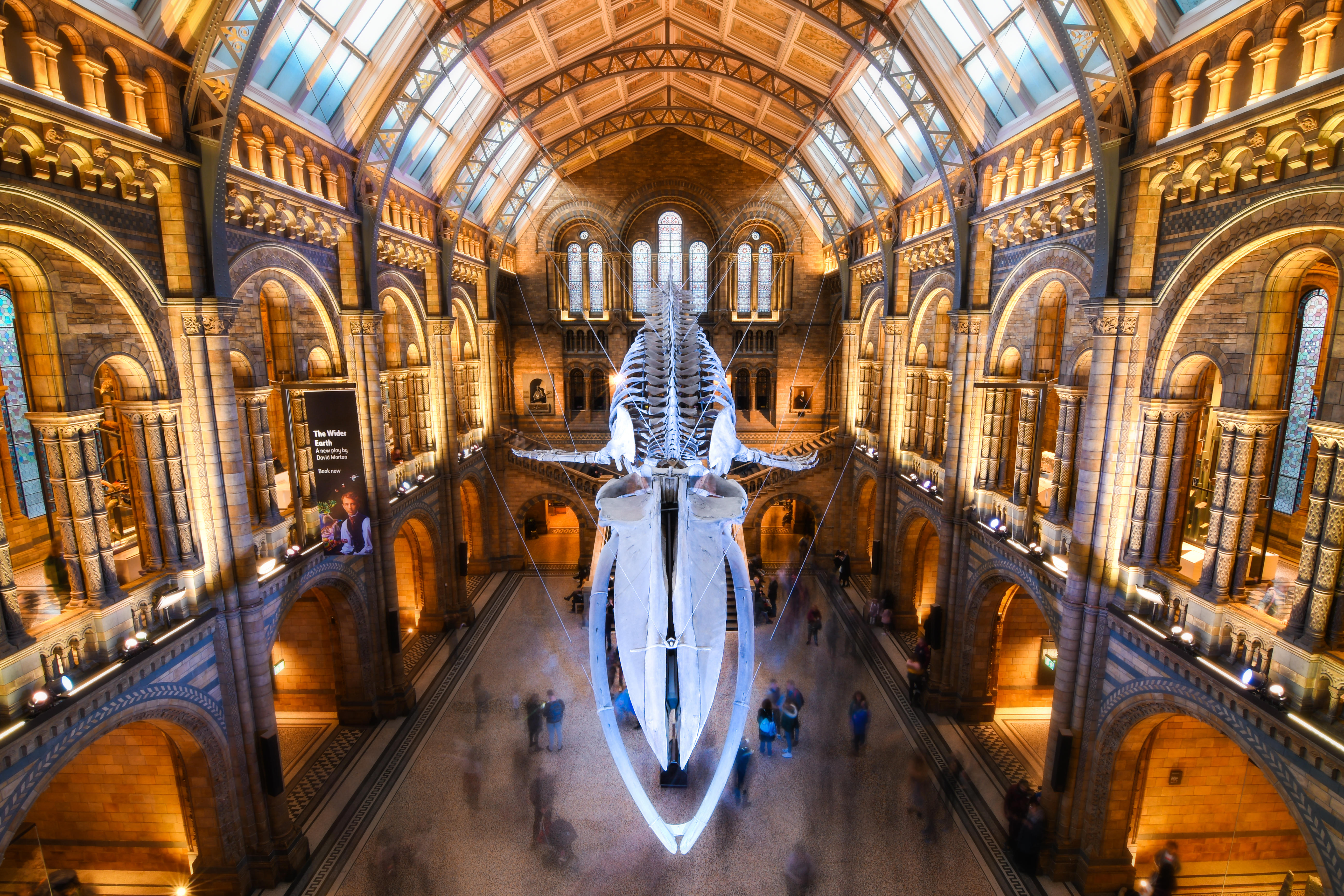 Athena: We need to get serious about saving our museums
Athena: We need to get serious about saving our museumsThe government announced that museums ‘can now apply for £20 million of funding to invest in their future’ last week. But will this be enough?
By Country Life Published
-
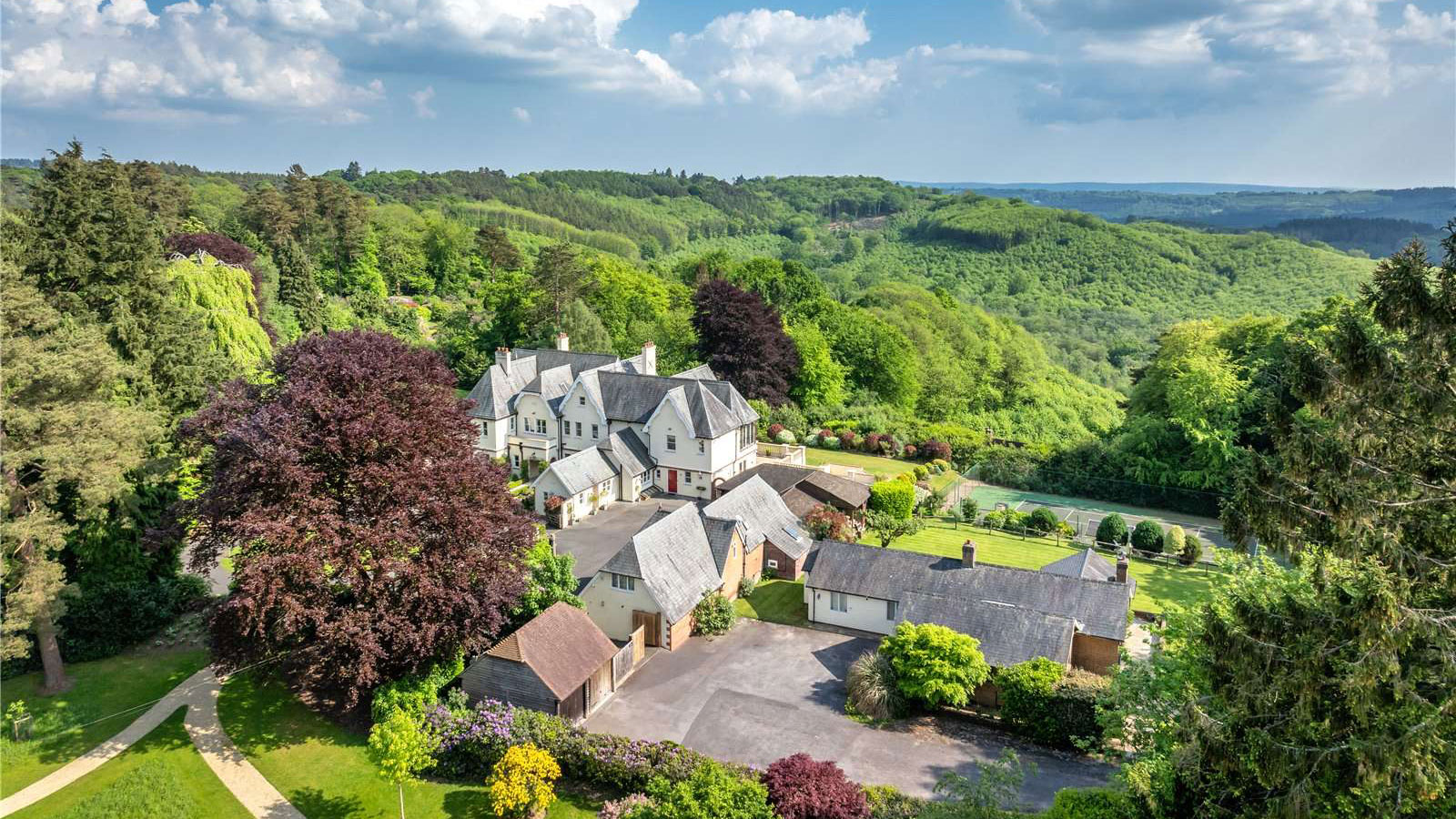 Six rural properties with space, charm and endless views, as seen in Country Life
Six rural properties with space, charm and endless views, as seen in Country LifeWe take a look at some of the best houses to come to the market via Country Life in the past week.
By Toby Keel Published
-
 What to expect when you're expecting (to move to the countryside)
What to expect when you're expecting (to move to the countryside)On March 28, agents Michael Graham will be showcasing some of their best countryside properties at their west London office.
By James Fisher Published
-
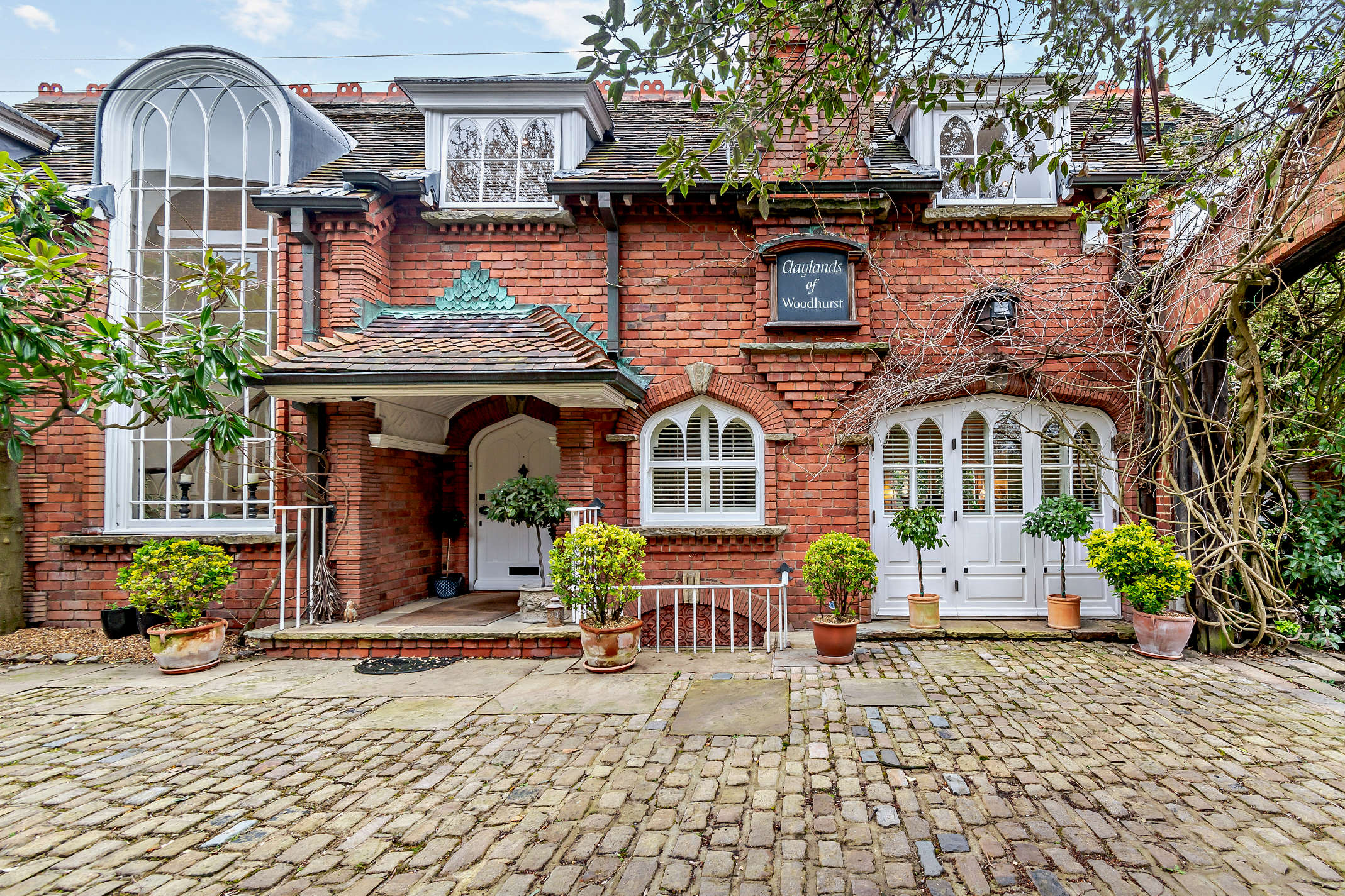 Property Talk: When is the right time to downsize?
Property Talk: When is the right time to downsize?Sometimes our homes can get too big for us, meaning it’s time to downsize. Here, we speak to those involved with the process.
By James Fisher Published
-
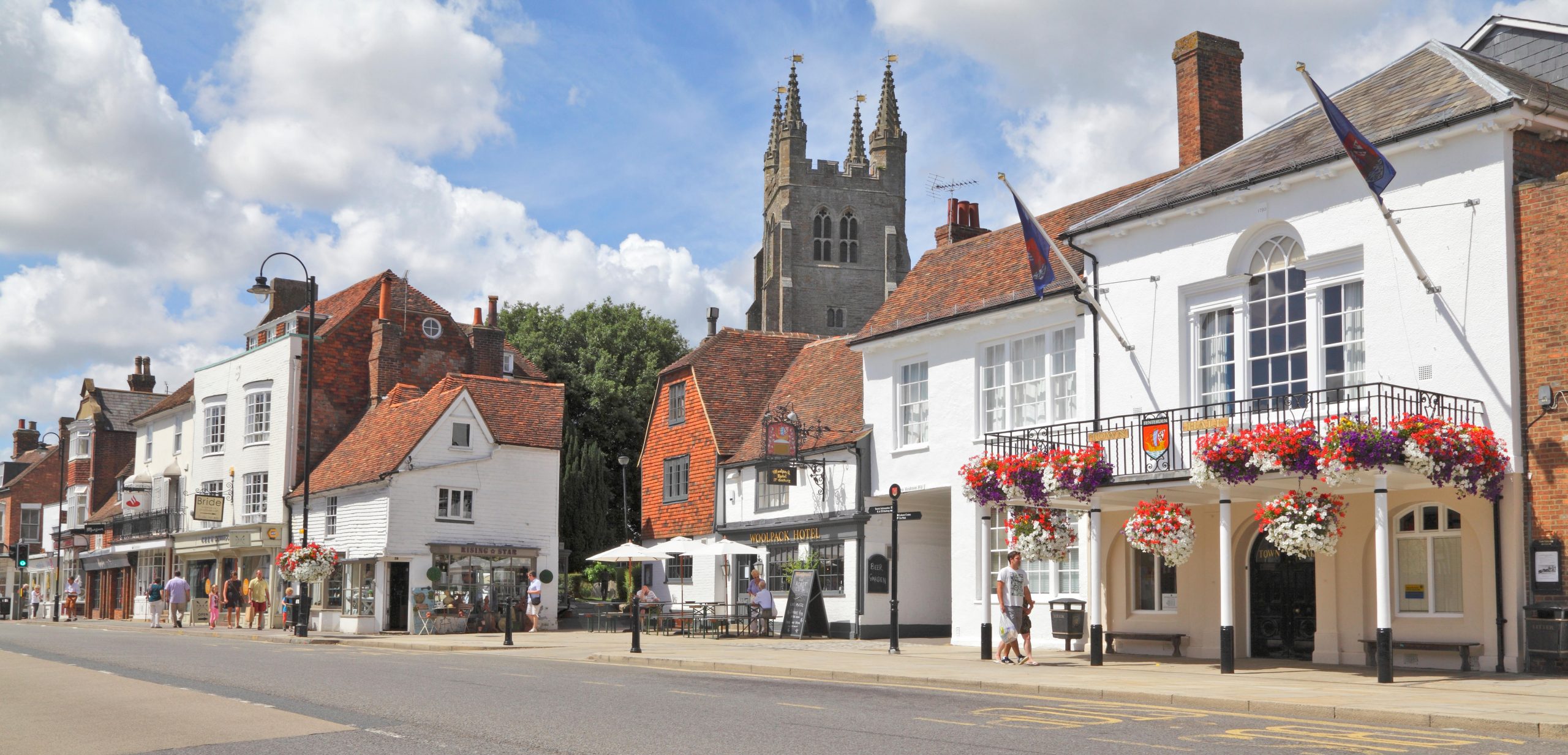 How to win in the property market: Tips from some of Britain's best buying agents
How to win in the property market: Tips from some of Britain's best buying agentsWhether looking for the perfect family home or negotiating on price, buying agents do the heavy lifting–and are well used to analysing the market. Carla Passino gets advice from a few of the best.
By Carla Passino Published
-
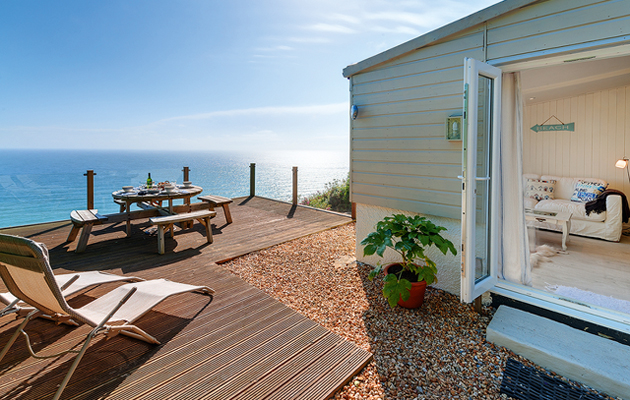 Top tips on renting your holiday home
Top tips on renting your holiday homeThe holiday-home market on the Cornish coast looks set for a lively summer. Arabella Youens finds out how to make the running costs bearable.
By Arabella Youens Published
-
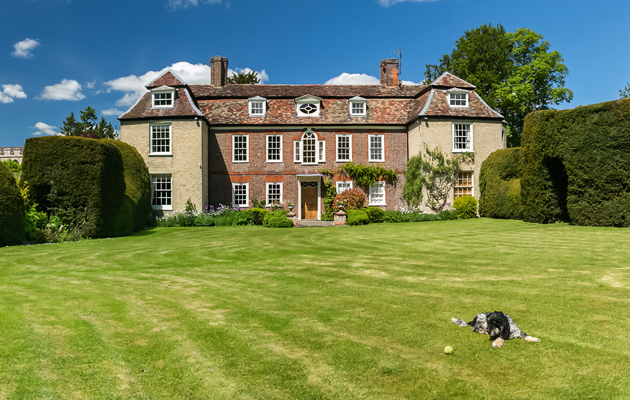 Tips and advice for holiday home owners
Tips and advice for holiday home ownersWith the start of the summer season nearly upon us, more and more country-house owners are dipping into the short-let scene.
By Country Life Published
-
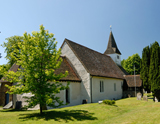 Property guide to Elstead
Property guide to ElsteadFreddie Mack shares the secrets of Elstead in Surrey, a prime spot for young families looking for properties outside London near good schools
By Country Life Published
-
 Property guide to Cheriton
Property guide to CheritonIf you're considering buying property in or around Cheriton this year, take a look at our property guide which covers where to buy, what prices to expect and where to have fun in the area
By Country Life Published
-
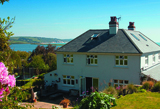 Make your holiday let work for you
Make your holiday let work for youIf you're considering renting out your holiday property prepare by reading this first
By Country Life Published
